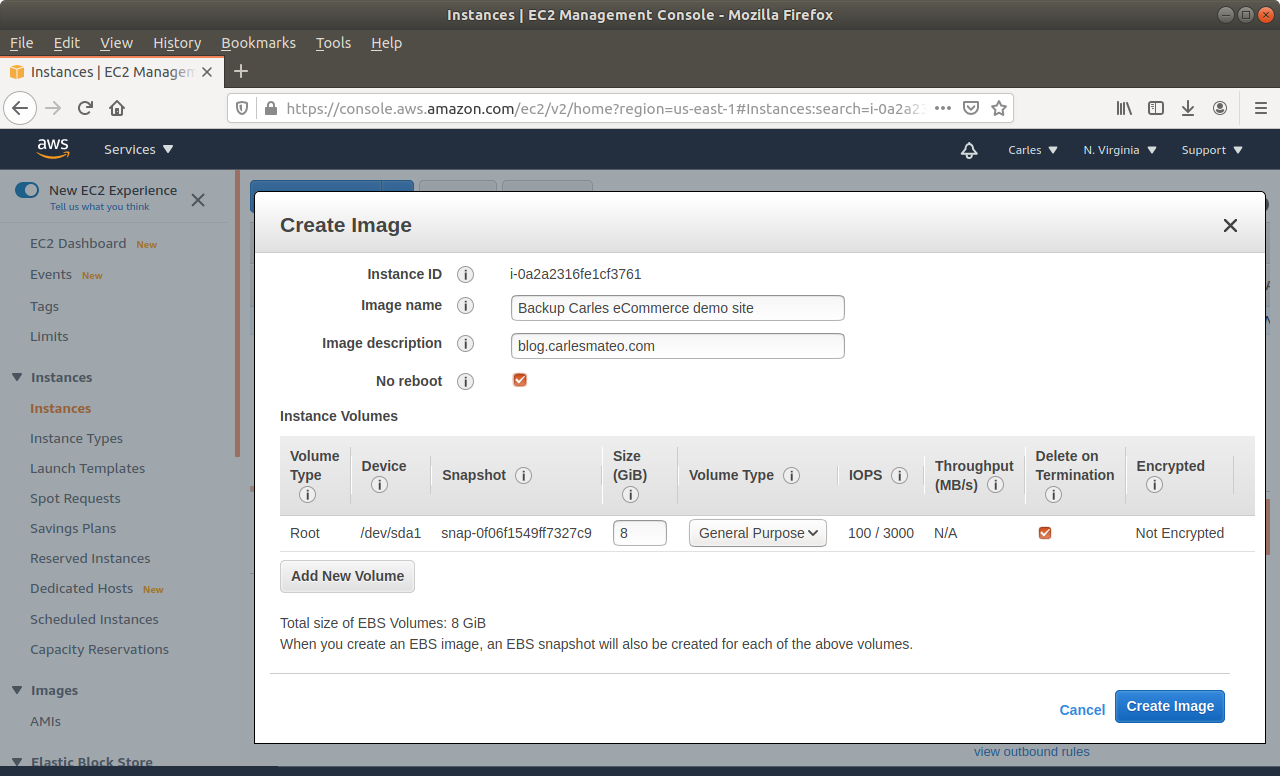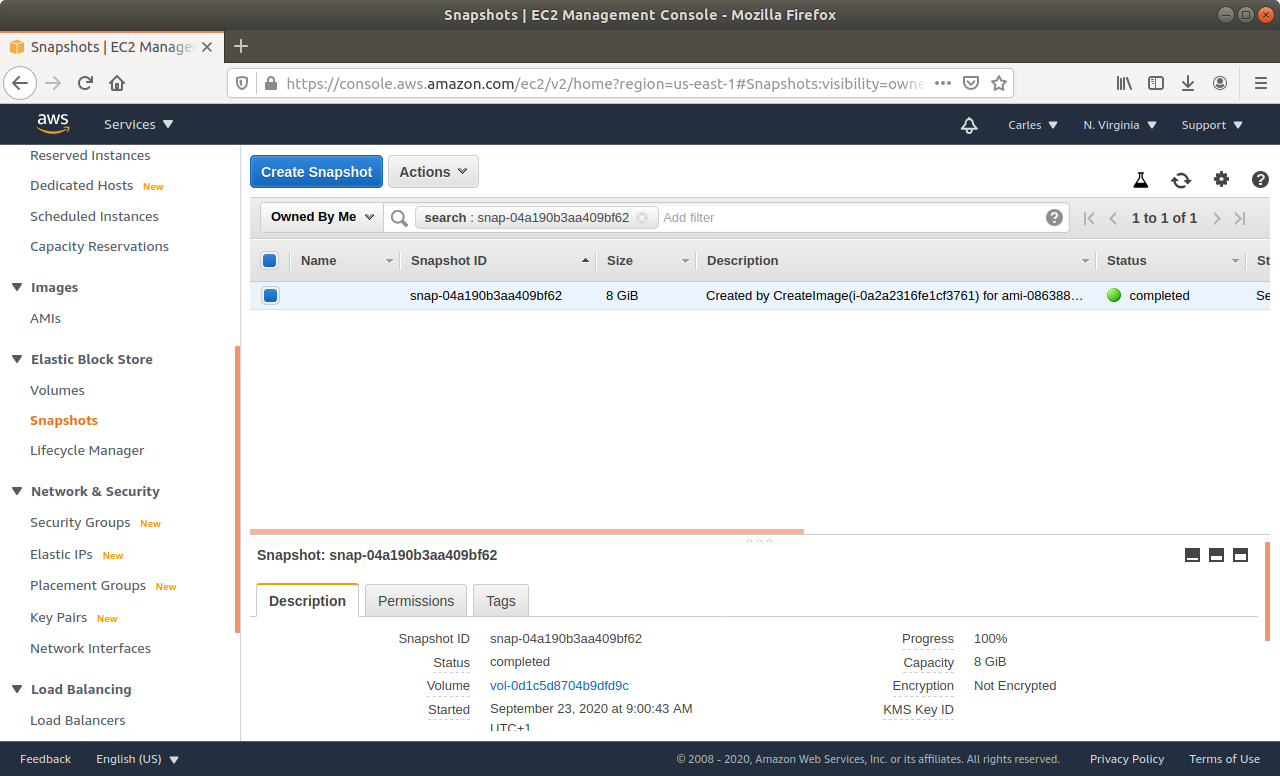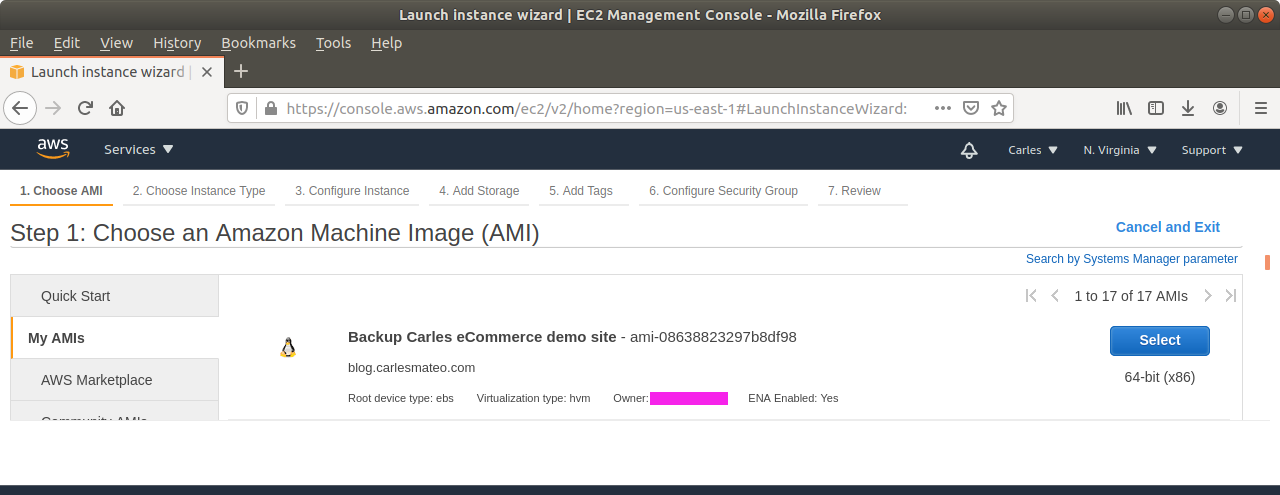- I’ve published two new articles:
- I have benchmarked three different CPUs and two Compute optimized Amazon AWS instances with CMIPS 1.0.5 64bit. The two Intel Xeon baremetals equip 2 x Intel Xeon Processor and the third baremetal equips a single Intel Core i7-7800X:
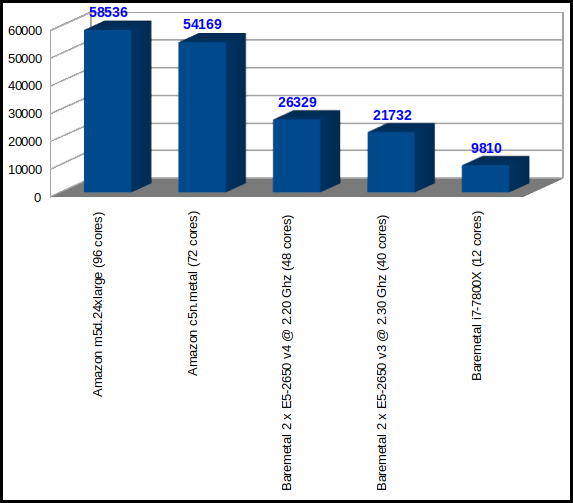
If you’re surprised by the number of cores reported by the Amazon instance m5d.24xlarge, and even more for the baremetal c5n.metal, you’re guessing well that this comes from having Servers with 4 CPUs for Compute Optimized series.
| CMIPS Score | Execution time (seconds) | Type of instance | Total cores | CPU model seen by Linux |
| 58536 | 34.16 | Amazon AWS m5d.24xlarge | 96 | 4 x Intel(R) Xeon(R) Platinum 8175M CPU @ 2.50GHz |
| 54169 | 36.92 | Amazon AWS c5n.metal | 72 | 4 x Intel(R) Xeon(R) Platinum 8124M CPU @ 3.00GHz |
| 26329 | 75.96 | Baremetal | 48 | 2 x Intel(R) Xeon(R) CPU E5-2650 v4 @ 2.20GHz |
| 21732 | 92.02 | Baremetal | 40 | 2 x Intel(R) Xeon(R) CPU E5-2650 v3 @ 2.30GHz |
| 9810 | 203.87 | Desktop computer | 12 | Intel(R) Core(TM) i7-7800X CPU @ 3.50 GHz |
- I can recommend these courses in Linux Academy:
https://linuxacademy.com/cp/library/catalog/view/DevOpsCourses
I’m finishing the 24 hours long Implementing a Full CI/CD Pipeline:
https://linuxacademy.com/cp/modules/view/id/218
- When I can choose I use Linux, but in many companies I work with Windows workstations. I’ve published a list of useful Software I use in all my Windows workstations.
- WFH I currently use two external monitors attached to the laptop. I planned to add a new one using a Display Port connected to the Dell USB-C dongle that provides me Ethernet and one additional HDMI as well. I got the cable from Amazon but unfortunately something is not working. In order to make myself comfortable and see some the graphs of the systems worldwide as I have on the office’s displays, I created a small HTML page, that joins several monitor pages in one single web page using frames.
This way I only have one page loaded on the browser, maximized, and this monitor is dedicated to those graphs of the stats of the Systems.
Something very simple, but very useful. You can extend the number of columns and rows it to have more graphics in the same screen.
<!DOCTYPE HTML PUBLIC "-//W3C//DTD HTML 4.01 Frameset//EN"
"http://www.w3.org/TR/html4/frameset.dtd">
<HTML>
<HEAD>
<TITLE>Casa Monitor</TITLE>
</HEAD>
<FRAMESET cols="50%,50%">
<FRAMESET rows="50%,*">
<FRAME src="http://players-all-games/">
<FRAME src="http://monthly-graphs/">
</FRAMESET>
<FRAMESET rows="50%,*">
<FRAME src="http://grafana/databases/">
<FRAME src="http://kibana/clusters/">
</FRAMESET>
</FRAMESET>
</HTML>If you don’t have the space or the resources for more monitors you can use the ingenious.
I have a cheap HDMI switch that allows me to do PinP (Picture in Picture) with one main source on the monitor, and two using a fraction of their original space. It may allow you to see variants in graphics.
And in you have only a single monitor, you can use a chrome extension that rotates tabs, which is also very useful.
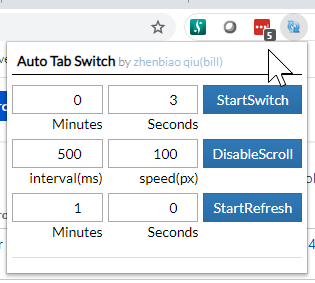
Be careful if you use the reload features with software like Jira or Confluence. If they are slow normally, imagine if you mess it by reloading every 30 seconds… I discourage you to use auto refresh on these kind of Softwares.
 | This past week I have connected the XBOX One X Controller to the Windows laptop for the first time. Normally I use the Pc only for strategy games, but I wanted to play other games like Lost Planet 3, or Fall Guys in a console mode way. I figured that would be very easy and it was. You turn on the controller, press the connect button like you did to pair with the console, and in Windows indicate pair to a Xbox One controller. That’s it. |
- I’ve also updated my Python 3 Combat Guide, to add the explanation, step by step, about how to refactor and make resilient, and add Unit Testing to a spaghetti code, and turn it into a modern OOP. Is currently 255 DIN-A4 pages.
- This is something I wanted to share with you for a while.
One of the most funny things in my career is what I call:
Squirrel Strikes Back
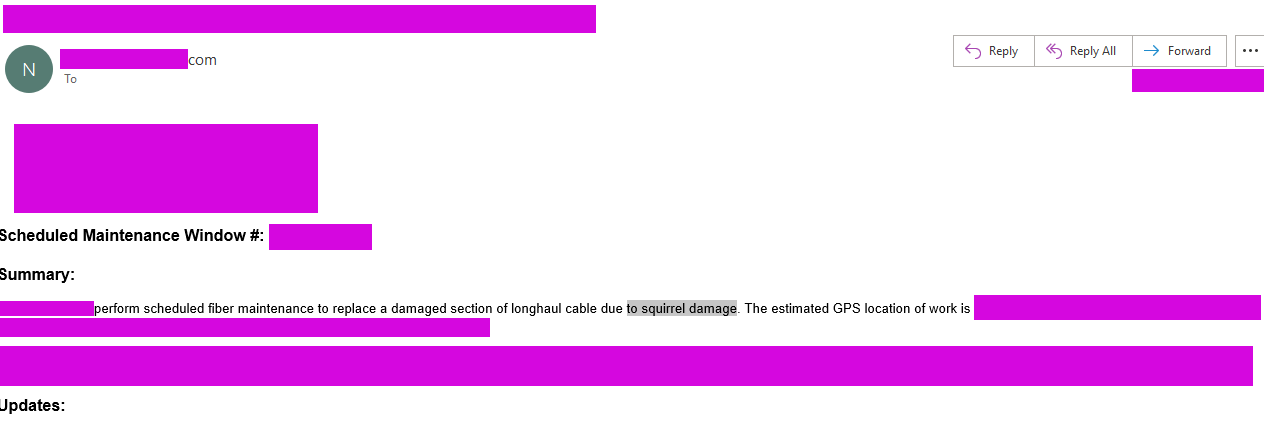
I named this as the first incident where a provider told that the reason of a fiber failure was a squirrel chewing the cable.
I popularized this with my friends in Systems Administration and SRE and when they suffer a Squirrel Attack incident, they forward it to me, for great joy.
I’m used to construction or gas, water, electricity, highways repair operations on the cities accidentally cutting fiber cables, thunders or truck accidents on the highway breaking the floor and cutting tubes and issues like that. I’ve been seeing that for around 25 years.
So the first time I saw a provider referring to a squirrel cutting the cables it was pretty hilarious. :)

In my funny mental picture: I could visually imagine a cable thrown in the middle of the forest, over trees, and a squirrel chewing it as it tastes like peanuts. :) or a shark cutting a Google’s or Facebook’s intercontinental cable thrown without any protection. ;)
The sense of humor and the good vibes, are two of the most important things in life.


